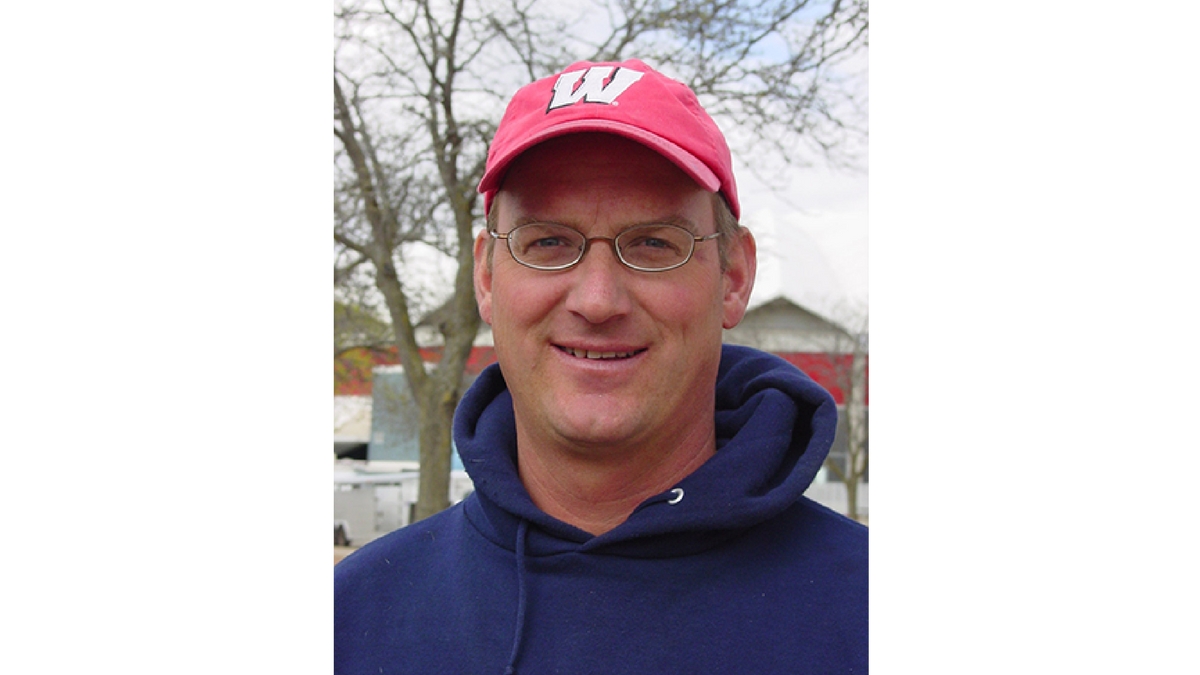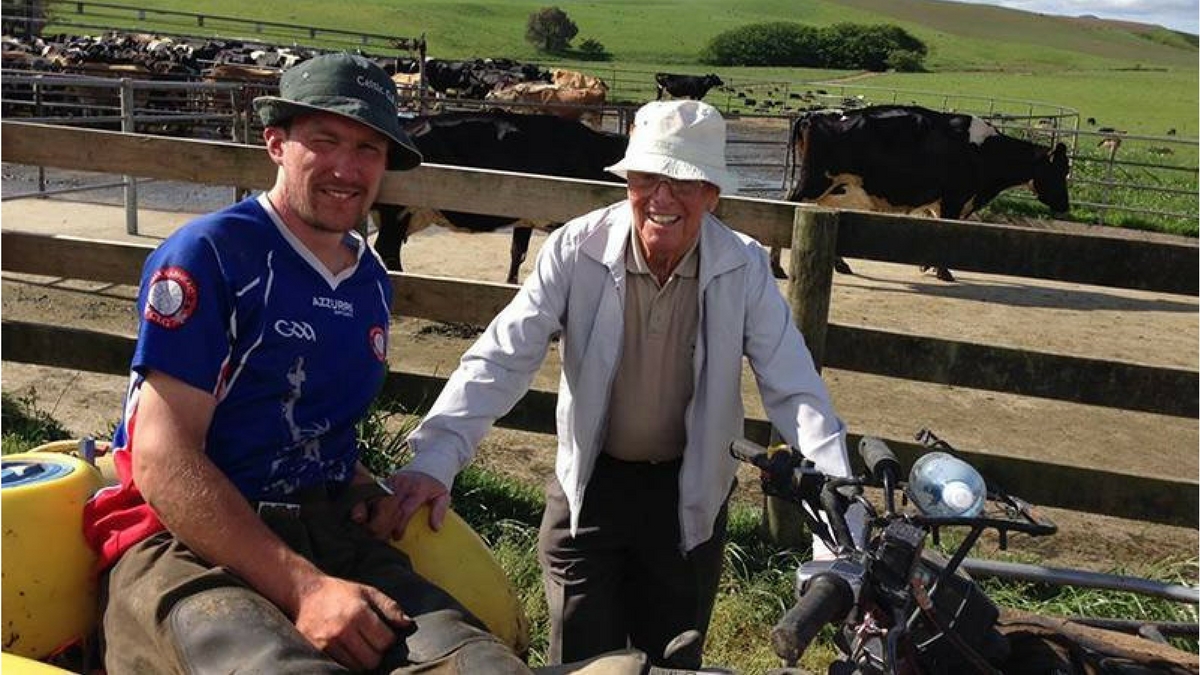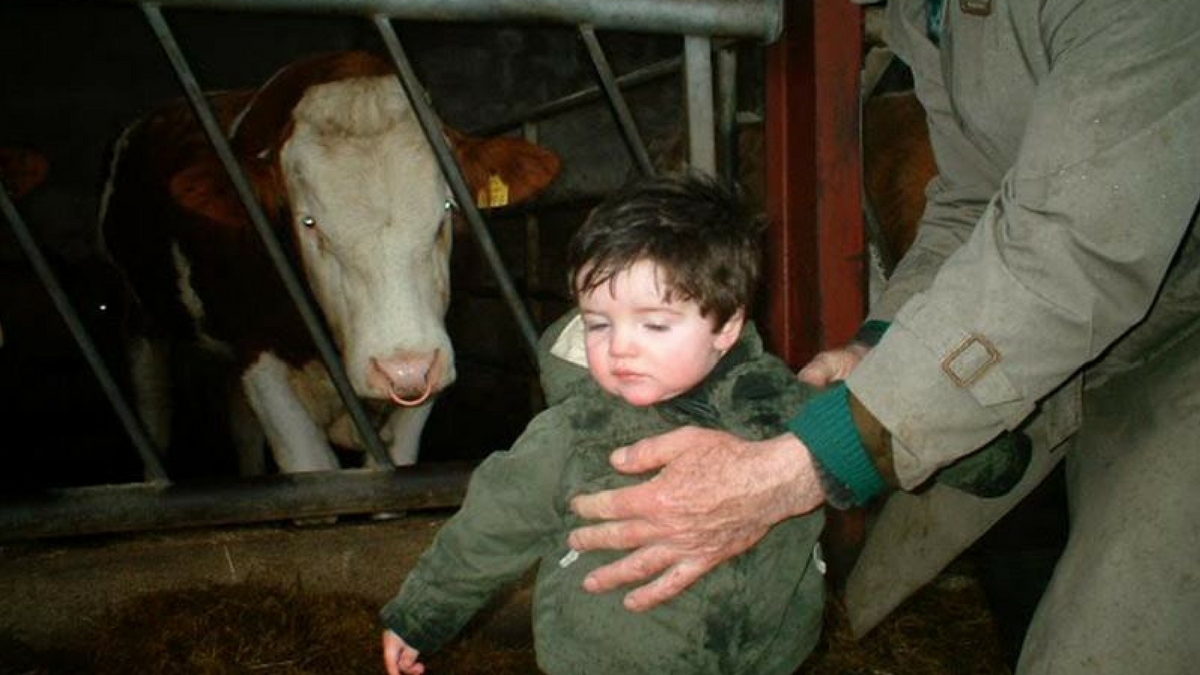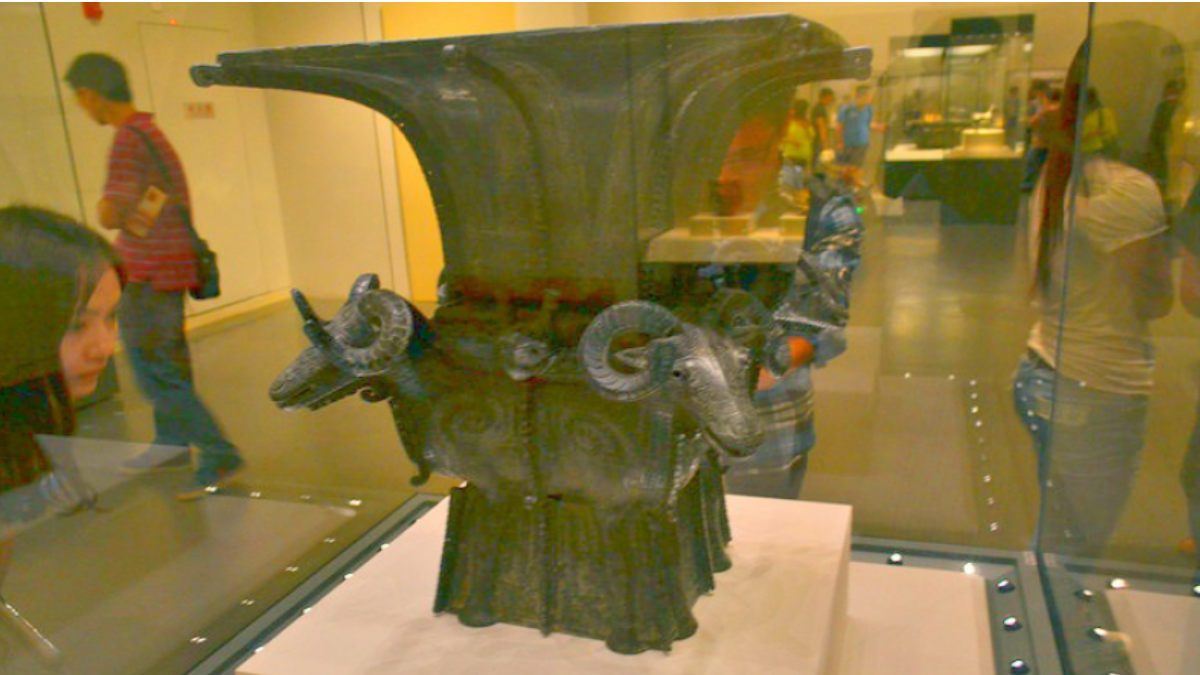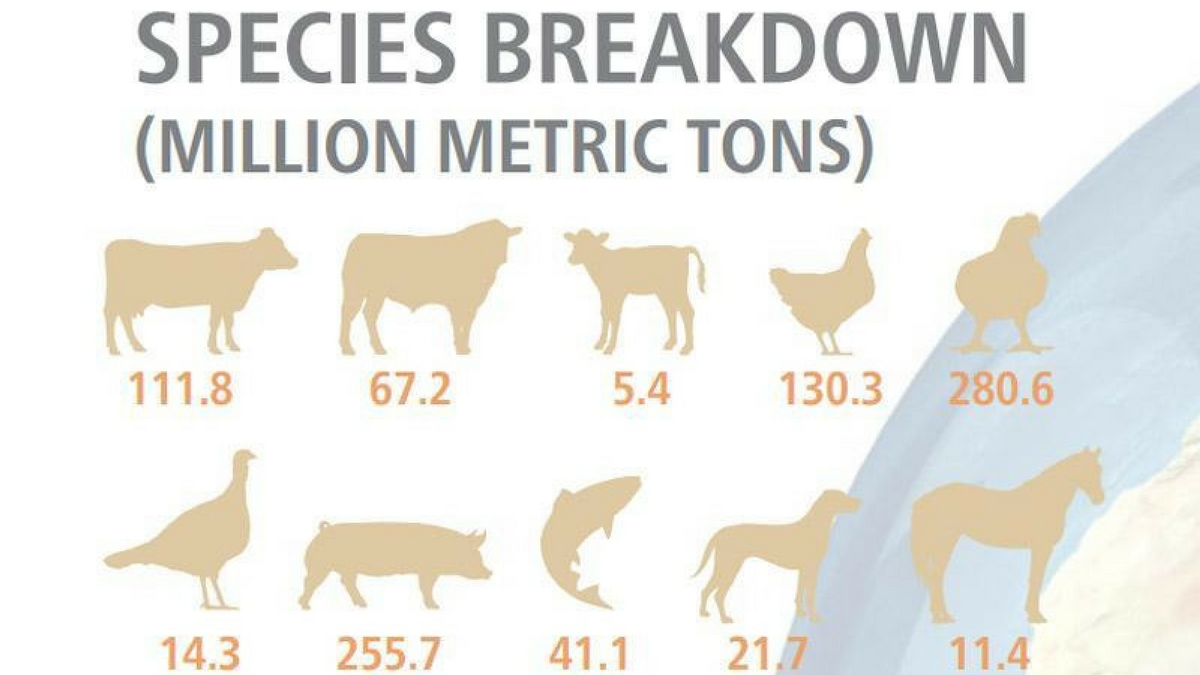Taking Another Look at Compost Bedded Pack Barns
This year during Alltech REBELation, we would like you to join us in visiting two of Kentucky’s most progressive dairy farms.
The first stop: Riney Dairy, LLC in Springfield, Kentucky. Billy Riney and his father have been milking since 1978. Having evolved substantially over time, Riney Dairy now boasts a 350-head Holstein herd and credits a newly installed GEA Double-12 parallel parlor to helping them maintain efficiency and productivity. The Riney operation includes a free stall barn and a compost bedded pack barn. Billy and his son, who is also involved in the business, focus heavily on farm profitability and herd health.
The next stop: Kings Hill Dairy in Lebanon, Kentucky. Assuming ownership from his dad in 1986, Bill Mattingly’s Kings Hill Dairy, has been a family-run operation since its inception. Kings Hill Dairy milks 205 Holsteins and manages approximately 600 acres. Recently the Mattingly family began using a compost bedded pack barn for their entire milking herd. This farm provides a great example of Kentucky agriculture with strong family involvement, and is progressively keeping its eye on sustaining the operation for the next generation.
A commonality in these two farms is a popular technology that continues to gain traction across Kentucky -- the compost bedded pack barn. Dairy housing systems have a substantial impact on overall health and productivity of a dairy operation.
What is a compost bedded pack barn?
As Dr. Jeffrey Bewley, Professor of Dairy Sciences at the University of Kentucky and leader in research for these housing systems, explains, “The compost bedded pack barn is a housing system for lactating dairy cows consisting of a large, open resting areas, usually bedded with sawdust or dry, fine wood shavings that are composted in place, along with manure, when mechanically stirred on a regular basis.”
Benefits of a compost bedded pack barn
Dr. Bewley also said, “Producer-reported benefits of these barns include improved cow comfort, improved cow cleanliness, the low maintenance nature of the system, improved feet and legs, decreased somatic cell count, increased heat detection, ease of manure handling, increased production, increased longevity, low investment costs, less odor, fewer flies, less concern with cow size, and improved manure value.”
Finally, in true Kentucky fashion, the tour will end with a stop at one of the top bourbon distilleries in the state – Maker’s Mark Distillery in Loretto, Kentucky. One of the world’s iconic Kentucky-made products, Maker’s Mark sold more than 1.4 million cases of its bourbon whiskey, with distinctive bottles dipped in red wax, around the globe in 2013 alone. Join us for this exciting end to a perfect day! In order to achieve the full Kentucky experience we invite you to attend these dairy tours that are part of the Alltech REBELation event. Join us in exploring innovation, inspiration and world-changing ideas in Lexington, Kentucky, USA, from May 17-20.

Billy Riney and son Billy Riney, Jr. are ready to welcome you to their dairy farm during our REBELation dairy tour.













